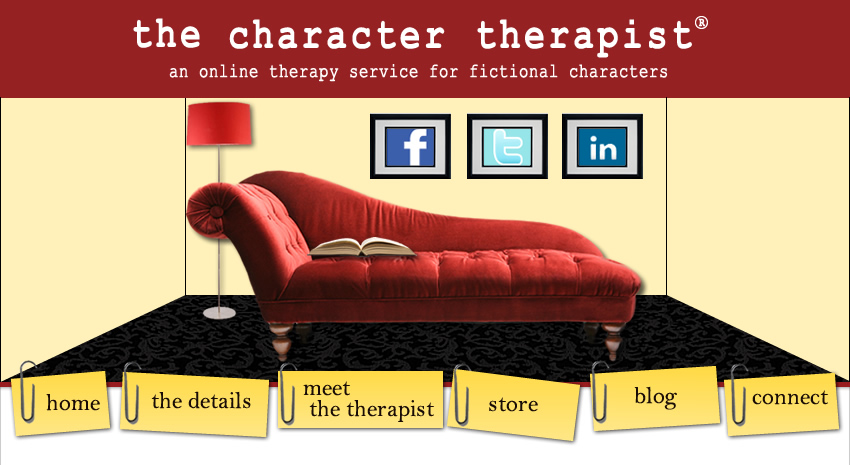We'll return to our Strange Situation in which an infant is left alone in a room with a stranger after the parent leaves. When the parent returns, the infant tends to avoid them altogether. If it's been a long period of absence, the avoidance becomes especially pronounced. They might not outright reject attention from a parent, but they don't seek it out (as most children would immediately seek comfort or contact from their parent after being left alone with a stranger). Children with this attachment amazingly show no preference between their parent and a complete stranger.
As adults, these children tend to have difficulty with intimacy and close relationships. They don't necessarily invest much emotion into relationships and experience little distress when a relationship comes to a conclusion. There has been a lot of research done on all the attachment styles, and it seems this style has the least to recommend it. Adults with this style are more accepting and likely to engage in casual sex (Feeney, Noller and Patty, 1993). They also fail to support partners during stressful times and have an inability to share feelings, thoughts and emotions with their partners (which in turn leads to relationships ending, as you can imagine).
Here's another breakdown, courtesy of About.com:

So now we'll move on to the self and other dimensions. People with Avoidant Attachment style have a positive self and negative other dimensions. In other words, they believe that they are worthy of love and are capable of getting the love and support they need, but that other people are either unwilling or incapable of loving them, untrustworthy, and unreliable when it comes to meeting their needs. They struggle with emotional connection, disclosure of private thoughts and feelings and nonsexual touch. They'd rather rely on themselves to meet their needs because they can't trust others to do so.
Contrary to the other attachment styles so far, this one is separated into three different types, and I'll list characteristics of each in bullets under each one. (All the following information was gleaned from the Attachments book by Clinton and Sibcy.)
1) Narcissist or Inflated Self (p. 68)
- seeks excessive praise from others
- tends to be arrogant or condescending and portrays inflated sense of self-worth
- fantasizes about fame, fortune and power
- very sensitive to criticism and can respond with intense anger
- takes an "I'm-first-and-everyone-else-comes-later" attitude
- manipulates others to achieve his or her own ends
- envies others' success
- associated with "special" people and engages in a lot of name-dropping
- shows poor empathy for others
- is externally focused, with a "you-are-what-you-have" attitude
- extremely introverted and cut off from other people
- looks inward to a world of fantasy to find pleasure and comfort
- appears cold, distant and aloof to others
- robed in self-sufficiency; any dependence on others for emotional support provokes anxiety, which leads to profound feelings of vulnerability
- prefers inwardness and fantasy over emotional connection
- little drive for external pleasures and derives little, if any, enjoyment from interacting with people
- experience few intense emotions about anything, an emotional desert (but they like it this way, calm, cool and mellow)
- doesn't seek acceptance and doesn't mind criticism
- has little empathy for others
- can't identify and label own emotional experience
- under the surface is an inner longing for connectedness
- pays excessive attention to detail, order and organization
- controls others, frequently using guilt
- demands that self and others submit to rigid, moralistic rules with lots of dos and don'ts
- has difficulty sharing; viewed as stingy with time, money and resources
- is uncomfortable with emotions, very constricted
- is uncomfortable with physical touch
- has difficulty displaying affection toward others
- tends to procrastinate because of such high standards for performance
- is reluctant to delegate tasks because others are viewed as incompetent









5 comments:
Oh, this is a gold mind! Thanks for sharing your wealth of psych knowledge, Jeannie!
The type 1 for this disorder sounds like most teenagers I know. And my sister.
Is it something people might phase through? Or have a life-phase where they exhibit this behavior but then outgrow it?
Wow, very interesting.
This is a goldmine!! I need to bookmark this one!!
liana - usually not a phase. as with most any other type emotional stuff, the person can learn to overcome their tendencies...but these tendencies are pretty ingrained.
thanks, ladies. :)
Post a Comment
Both comments and questions are welcome. I hope you enjoyed your time on the couch today.